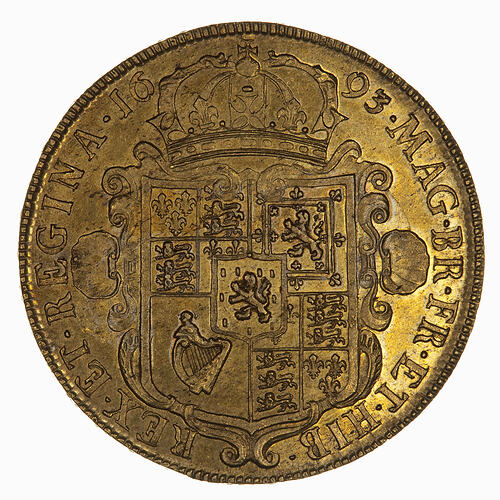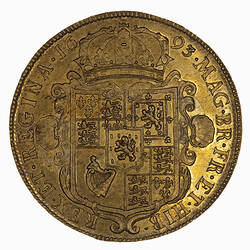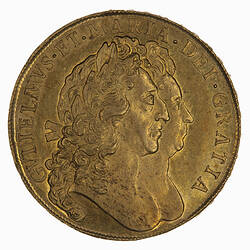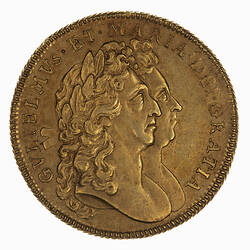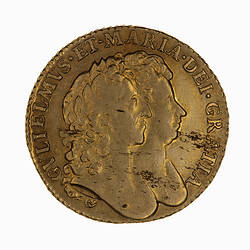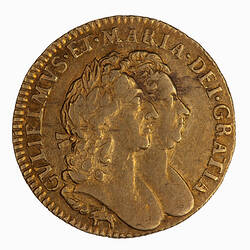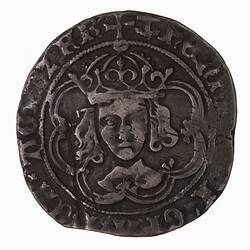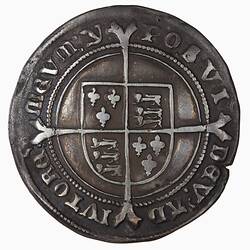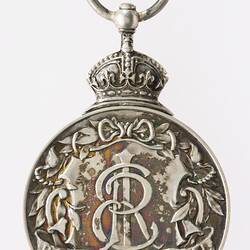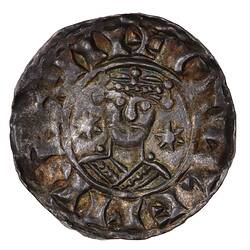Summary
Gold coin: Denomination: 5 Guineas
Tower Mint, London
King William III and Queen Mary II (1688-1694)
Mary was the daughter of James II. For reasons of politics she had married William of Orange, James II nephew and left England to live with him in the Netherlands. When James II lost support, William was invited to invade England and to take over the throne jointly with his wife. James II escaped to France and live there in exile until his death.
At that time the value of British coins depended on the value of the metal they contained. The gold guinea, introduced in 1662 as a 20 shilling coin, now began to vary in terms of how many shillings it was worth. This was because the relative value of silver and gold varied in daily trade and the quality of the silver coins in circulation declined through wear and clipping. During the first years of their joint rule the guinea varied from 21 shillings and 6 pence to 30 shillings.
The reverse of the coin depicts the crowned Royal shield showing the lands controlled - England, Scotland, Ireland and France with the arms of the House Nassau, representing William, at the centre. The legend reads continuously on both sides of the coin and is in abbreviated latin; it translates: William and Mary King and Queen of Great Britain France, and Ireland.
Obverse Description
Conjoined heads of William & Mary right; William laureate; around, GVILELMVS . ET . MARIA . DEI . GRATIA
Reverse Description
Crowned and garnished shield bearing the arms of England and France (quartered), Scotland, Ireland and of the House of Nassau at the centre; around, MAG. BR. FR. ET. HIB. REX. ET. REGINA 1693, the date being divided by the crown
Edge Description
In raised lettering .+.DECVS . ET . TVTAMEN .. ANNO . REGNI . QVINTO .+
More Information
-
Collecting Areas
-
Acquisition Information
Transfer from National Gallery of Victoria (NGV), 15 Mar 1976
-
Acknowledgement
Purchased Felton Bequest, 1929
-
Date Issued
1693 AD
-
Issued By
-
Issued By
-
Mint
Royal Mint, London, London, England, Great Britain, 1693
The Royal Mint was in the Tower of London at the time this coin was struck and is usually referred to as the Tower Mint -
Denomination
-
Material
Gold
-
Axis
06
-
Classification
-
Category
-
Discipline
-
Type of item
-
Overall Dimensions
36 mm (Outside Diameter), 41.595 g (Weight)
-
Shape
Round
-
References
[Book] Skingley, Philip. 2007. Coins of England and the United Kingdom., Spink 3422 Pages
